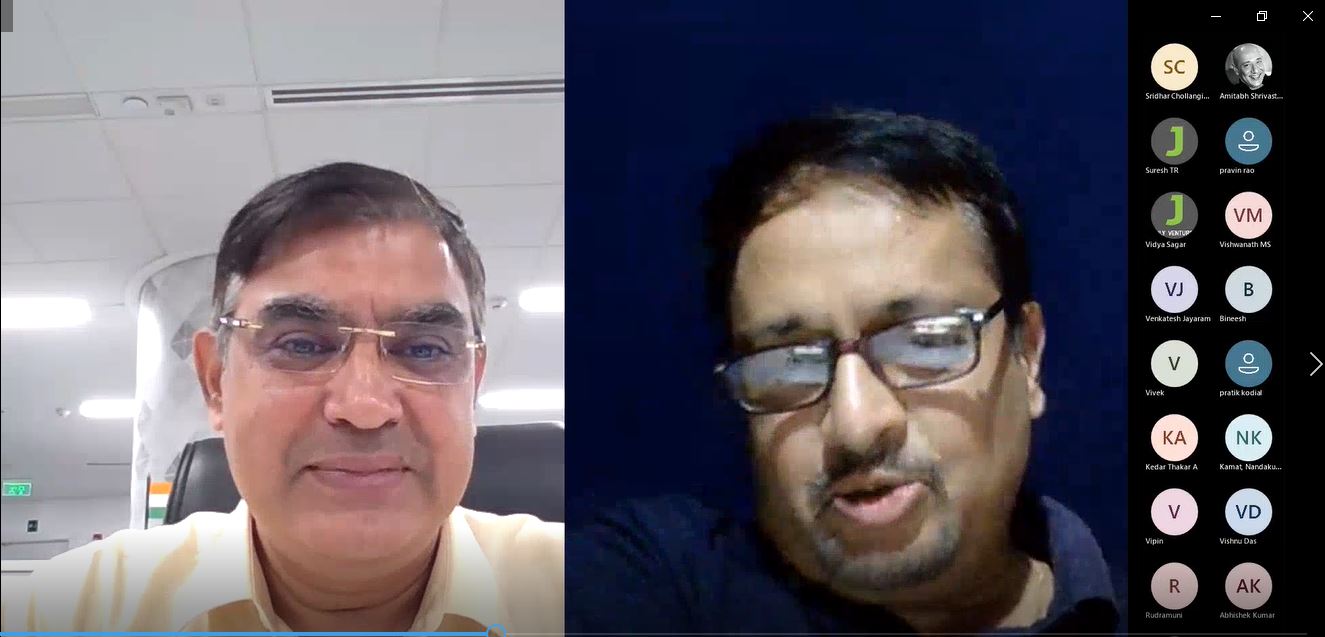Opportunities in 5G for India and startups

(5G: India opportunity, a fore-note of the discussion conducted on Nov 10, 2022 with Suvesh Chattopadhyaya, GM Infra strategy @ Adani Group)
5G, the next generation of mobile networks will revolutionize the way we use technology and is expected to be a game changer for the world. It will enhance the connectivity of devices, increase speed, and provide a better user experience. It can allow for faster speeds and improved security but comes with some unique implementation challenges.
5G is a new technology that will improve mobile network performance and bring with it a host of benefits for consumers and businesses alike. The 5G technology has many advantages over the current 4G technology such as increased bandwidth, higher data upload speeds, and improved responsiveness and can provide mobile users with an average speed of 10 GB/s, whereas 4G networks can only provide 1 Mb/s on average. But with technological advancement comes many challenges in the form of new devices, software requirements, and infrastructure investments. There are many challenges associated with 5G implementation and integration into existing infrastructure as well as security concerns related to its use by adversaries or hackers. The biggest challenge is that 5G requires new and different technology from 4G—and this can be a challenge for manufacturers. For example, some devices will require antennae, additional modules to support increased data transfer and simultaneous connections, better power management on end point devices.
5G has opened new channels and opportunities for businesses and entrepreneurs with the right skills and knowledge to create products and services that leverage 5G across different verticals including manufacturing, automation, education, retailing, healthcare, and transportation among others through increased efficiencies and better connectivity. 5G will also play a role in cloud computing and big data analytics. It will enable businesses to run more efficient applications at higher speeds than ever before, while also enabling them to access more information from their networked devices. There are three key factors that differentiate 5G from existing technologies: low latency (the time it takes for data to move between different parts of the network), high bandwidth capabilities (the ability to transmit large amounts of data over a short distance) and ultra-wideband communications (UWB).
As part of July Ventures webinar series, Suvesh Chattopadhyaya from Adani Enterprises shared his 5G journey with what lies underneath the hype and discussion on telecom trends. Suvesh comes with nearly 30 years of experience in a network infrastructure space and is currently looking after the infra strategy and network development for Adani Enterprises. Before this role, he has had stints with Sify, Tata Communications, Bharti Airtel, Siemens Communications and Hughes. Suvesh is an Electronics Engineer from Jamia Millia and has published lots of articles.
Ravindra Krishnappa, Managing Partner, July Ventures says, “To us in July Ventures, this is an infrastructure layer that we think is going to have a major impact, especially in a country like India. India today has the highest consumption of digital bandwidth AND the cheapest rates in terms of per GB rate. We have seen that, usage spans across streaming services be it entertainment, education, or healthcare. We believe that 5G is part of the core infrastructure that is getting built in the country and the rollout will help us leapfrog into newer technologies, and will open up new investment opportunities similar to what happened when GPS was made public or with the launch of the India Stack”